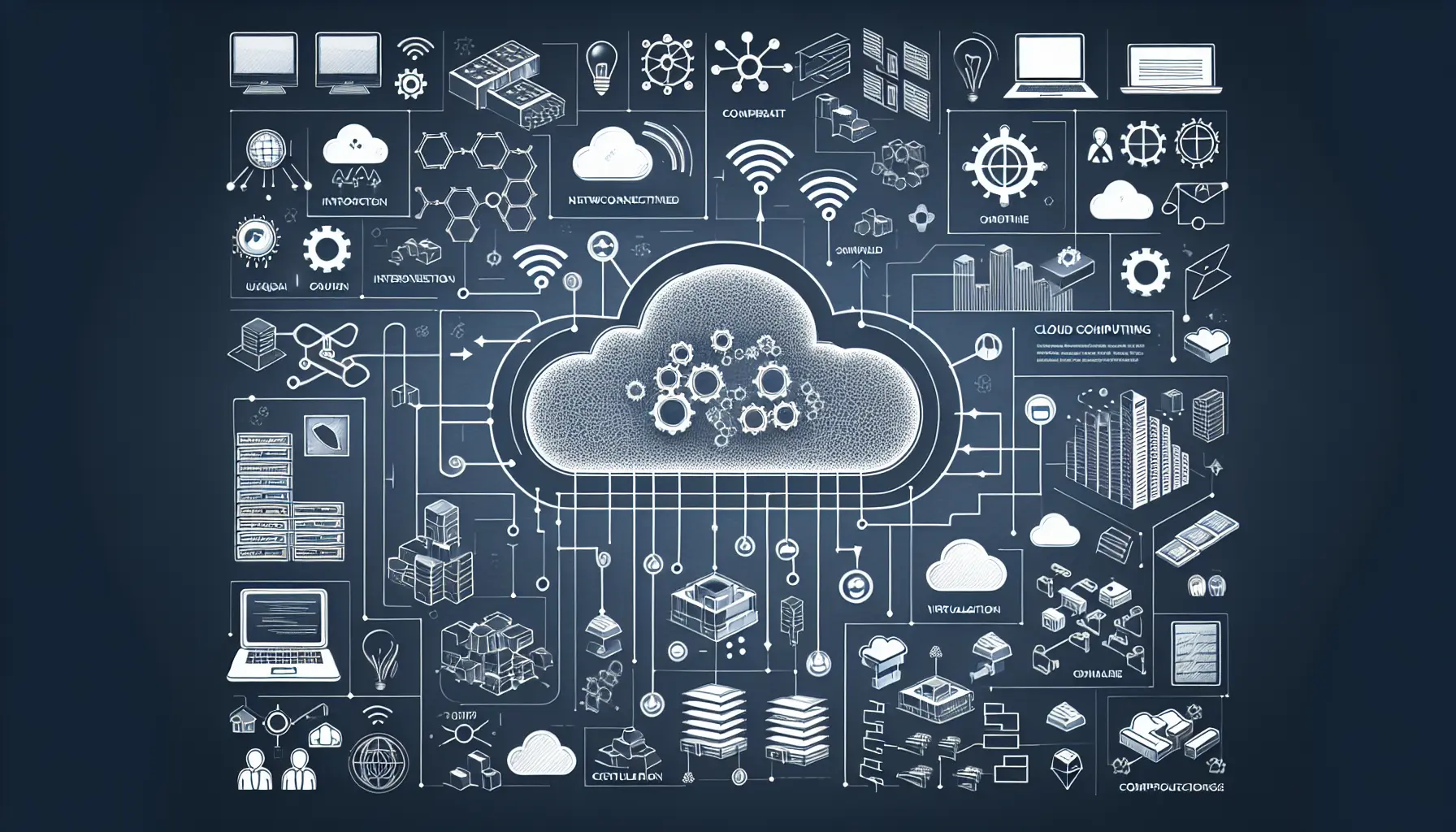
Estimated reading time: 8 minutes
Key Takeaways
- Cloud Services: Cloud computing provides on-demand access to computing resources over the internet.
- Types of Services: Understand the differences between IaaS, PaaS, and SaaS for better decision-making.
- Deployment Models: Choose between public, private, hybrid, and community clouds based on your needs.
- Benefits: Enjoy cost efficiency, scalability, global accessibility, and automatic updates.
- Challenges: Be aware of security, compliance, internet dependency, and cost management issues.
Table of Contents
What is Cloud Computing?
Cloud computing delivers computing services through the internet, including servers, storage, databases, networking, software, and analytics. Instead of maintaining physical servers and data centers, organizations can access these resources on-demand from cloud providers.
Think of cloud computing like electricity supply. You don't generate your own power; you connect to a grid and pay for what you use. Similarly, cloud computing lets you use computing resources without owning the infrastructure. Source
How Cloud Computing Works
The cloud operates through several key components working together:
- Front-end interfaces: The apps and browsers you use to access cloud services
- Back-end infrastructure: Servers, databases, and storage systems that process and store data
- Network connectivity: Internet connections that enable data transfer between front-end and back-end
- Virtualization technology: Software that creates virtual versions of computing resources
Types of Cloud Services
Infrastructure as a Service (IaaS)
IaaS provides basic computing infrastructure like virtual machines and storage. Examples include Amazon EC2 and Microsoft Azure VMs. Businesses use IaaS for website hosting, data backup, and testing environments.
Platform as a Service (PaaS)
PaaS offers development platforms where you can build and deploy applications without managing infrastructure. Google App Engine and AWS Elastic Beanstalk are popular PaaS solutions.
Software as a Service (SaaS)
SaaS delivers ready-to-use applications through web browsers. Gmail, Microsoft 365, and Salesforce are common examples that millions use daily. Source
Cloud Deployment Models
- Public Cloud: Services available to anyone over the internet
- Private Cloud: Infrastructure used exclusively by one organization
- Hybrid Cloud: Combination of public and private clouds
- Community Cloud: Infrastructure shared by organizations with common interests
Benefits of Cloud Computing
Cost Efficiency
Pay only for the resources you use, eliminating large upfront hardware investments.
Scalability
Add or reduce resources instantly based on demand, perfect for growing businesses.
Global Accessibility
Access your data and applications from anywhere with an internet connection.
Automatic Updates
Cloud providers handle system maintenance and security updates automatically.
Real-World Applications
- Business Operations: Running enterprise applications, managing customer relationships
- Data Analysis: Processing large datasets for business insights
- Development and Testing: Creating and testing new applications
- Backup and Recovery: Protecting important data and ensuring business continuity
Challenges and Considerations
While cloud computing offers numerous advantages, consider these factors:
- Security: Ensure proper data protection measures are in place
- Compliance: Meet industry regulations and data privacy requirements
- Internet Dependency: Plan for potential connectivity issues
- Cost Management: Monitor usage to prevent unexpected expenses
Looking Forward
Cloud computing continues to evolve with emerging technologies like artificial intelligence and edge computing. Organizations increasingly adopt multi-cloud strategies to maximize benefits and minimize risks.
The future of cloud computing points toward greater automation, improved security, and more specialized services tailored to specific industry needs.
Remember: Successful cloud adoption requires careful planning, understanding your needs, and choosing the right combination of services and providers for your specific situation. Source
Frequently Asked Questions
What is cloud computing?
Cloud computing is the delivery of computing services over the internet, allowing users to access and store data remotely.
What are the main types of cloud services?
The main types of cloud services are IaaS, PaaS, and SaaS, each serving different needs for infrastructure, platform, and software.
What are the benefits of using cloud computing?
Benefits include cost efficiency, scalability, global accessibility, and automatic updates.
What challenges does cloud computing present?
Challenges include security concerns, compliance with regulations, internet dependency, and managing costs.
How can organizations prepare for cloud adoption?
Organizations should assess their needs, choose the right services, and plan for security and compliance.









